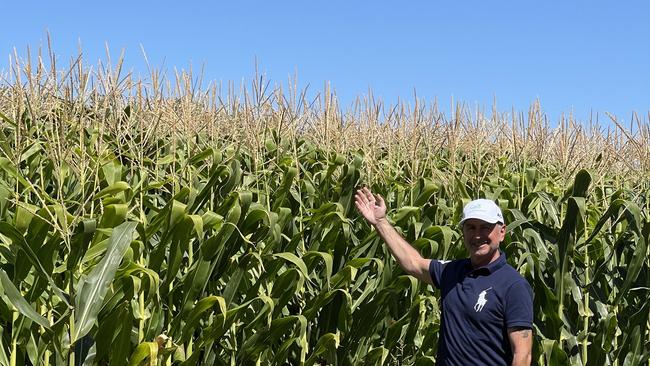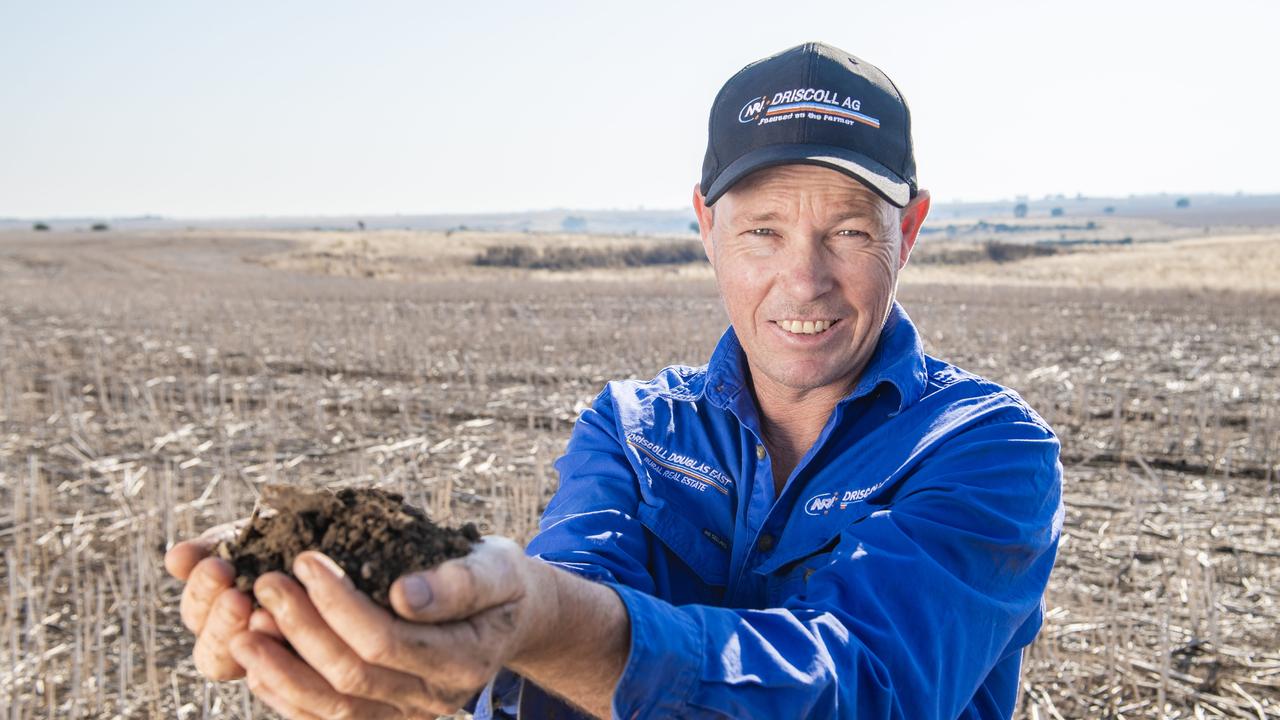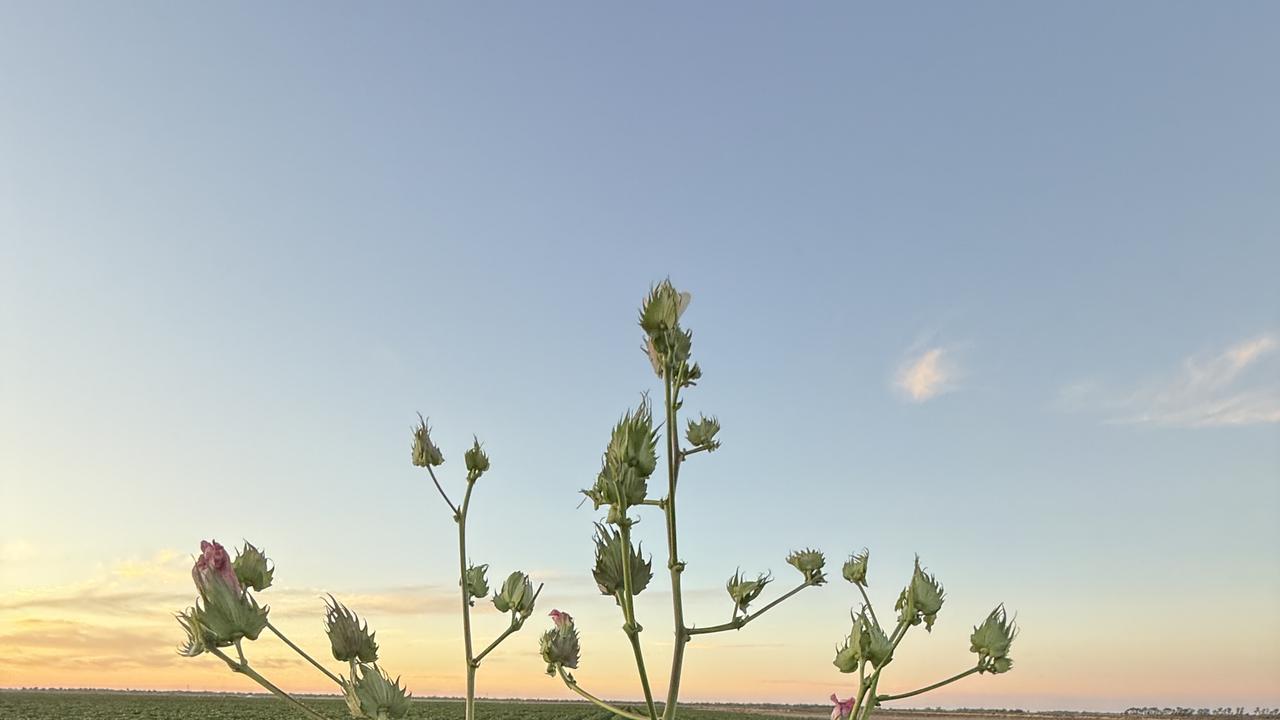Maize crop trialled for renewable energy in northern Victoria
Both grain farmers and the environment are set to benefit from a new crop trial taking place in Victoria.

A MAIZE crop in northern Victoria is being grown with the aim for its waste to be turned into renewable energy and fuels, while boosting yields for growers.
And results from the first crop trial, planted late last year, are positive.
The trial is part of an Australian-first $2 billion project, a partnership between AgBioEn, La Trobe University and technology company LAB3 that hopes to turn agricultural waste into renewable energy at a new facility at Katunga, near Shepparton.
The maize, planted in December, was produced with organic fertilisers such as chicken litter, green waste and biocha.
AgBioEn executive director Lubey Lozevski said preliminary results showed “great outcomes”.
“We will be looking at four key elements of the trial. The first is how to enhance and improve yield for grain farmers,” he said.
“The second is looking at biomass and growing bigger stalks to use as feed stock in our facility.”
The third aim was for more carbon sequestration in soil.
“Using less water is part of all of that,” Mr Lozevski said.
About 16 soil probes in the area, time lapse cameras and drone flyovers assisted researchers with monitoring crop performance.
“The crops performed very well, with the highest crop at 3.2m and the stalks were thicker with a larger biomass,” Mr Lozevski said.
AgBioEn will now buy, lease or share farms to be part of a supply chain for growing food crops, such as maize, oaten hay, barley and wheat.
In addition to researchers working with farmers to give them the best method for growing crops, the environmental benefits will also be significant, and the project a boost for the community, Mr Lozevski said.
“About 75,000ha, all in 150km of Katunga, which was previously land not used for cropping will be used and we think we will make it more resilient and more fertile,” Mr Lozevski said.


